5 Reasons Why Waiting Too Long for a Roof Replacement Could Cost You More
By Scott & Karen Dillman | August 25, 2025
Roof maintenance is one of those inevitable tasks that every homeowner will face at some point. Yet, when it comes time to consider replacing an old or worn-out roof, many people hesitate. According to Forbes, over five million residential roofs are installed in the U.S. annually. Whether it is due to budget constraints, time, or simply underestimating the urgency, delaying a roof replacement can lead to more significant issues. But what's often overlooked is how waiting too long can stack up costs, making a manageable repair or replacement project turn into a substantial financial burden. This article explores the reasons why procrastination on roof replacement could ultimately cost you more in the long run.
1. Escalating Repair Costs
The first reason to avoid delaying a roof replacement lies in the escalating costs of repairs over time. An old roof is more susceptible to leaks and structural damage. These minor issues, if unchecked, require frequent repairs, dramatically adding up in cost. Each repair is typically band-aid work, aimed to solve an existing problem temporarily. By the time you've completed several repairs, you'll have expended a significant amount of money. It's far more economically sound to address the problem head-on with a full replacement before these costs escalate. Furthermore, as a roof continues to age, the underlying structure may become more compromised, leading to more extensive damage that can affect your home’s insulation and the overall integrity of the structure. Ignoring these issues only increases the potential for hidden damage, which could worsen over time and require more expensive solutions in the future.
2. Impacting Home Value
Another significant factor is the eventual impact on your home's value. A well-maintained roof is a critical selling point for potential buyers. When you delay roof replacement, the visible wear can make your home less attractive, reducing its value in the market. Prospective buyers might also demand a lower price as a concession for future roof repairs or replacements, thereby financially disadvantaging you during negotiations. In some cases, an old or deteriorating roof may even prevent buyers from considering your property altogether, especially if they anticipate costly repairs soon after purchasing. Essentially, investing in timely roof replacements could protect and even increase your home's market value, ensuring you get the best return on your investment when it’s time to sell.
3. Increasing Energy Bills
A deteriorating roof can also lead to increased energy bills. Old, damaged roofs provide inadequate insulation, leading to higher heating and cooling costs as your home loses energy efficiency. By postponing a replacement, you may find yourself paying significantly more for utilities than necessary. A new roof can enhance insulation and reduce these costs, offering a return on investment through lower energy bills.
4. Avoiding More Extensive Damage
Waiting too long for a roof replacement opens the door to more extensive, and expensive damage. Water leaks can cause harm not only to the roof itself but to the internal structures of your home, such as walls, ceilings, and even the foundation. This type of damage is considerably more costly to rectify than the price of roof replacements. This investment safeguards your home from damages that could exceed these figures.
5. Preventing Emergency Situations
Lastly, when a roof is on the brink of failing, emergency replacements become inevitable. Emergency services typically come at a premium due to the immediate attention they require. The stress and inconvenience of dealing with sudden, severe roof issues can disrupt your life and possibly cost more than a planned replacement. Timely intervention can prevent such emergencies, leaving you with peace of mind and more control over your finances and circumstances.
The temptation to delay a roof replacement in the short term can lead to costly consequences in the long run. From escalating repair expenses and diminished home value to increased utility bills, extensive property damage, and potential emergency scenarios, the risks far outweigh the perceived savings of postponement. By planning for and prioritizing timely roof replacements, you can protect your home, preserve its value, and potentially save thousands of dollars. As with many aspects of home maintenance, acting sooner rather than later can make all the difference. Contact Dillman Brothers today to learn more about our services or if you have any more questions.
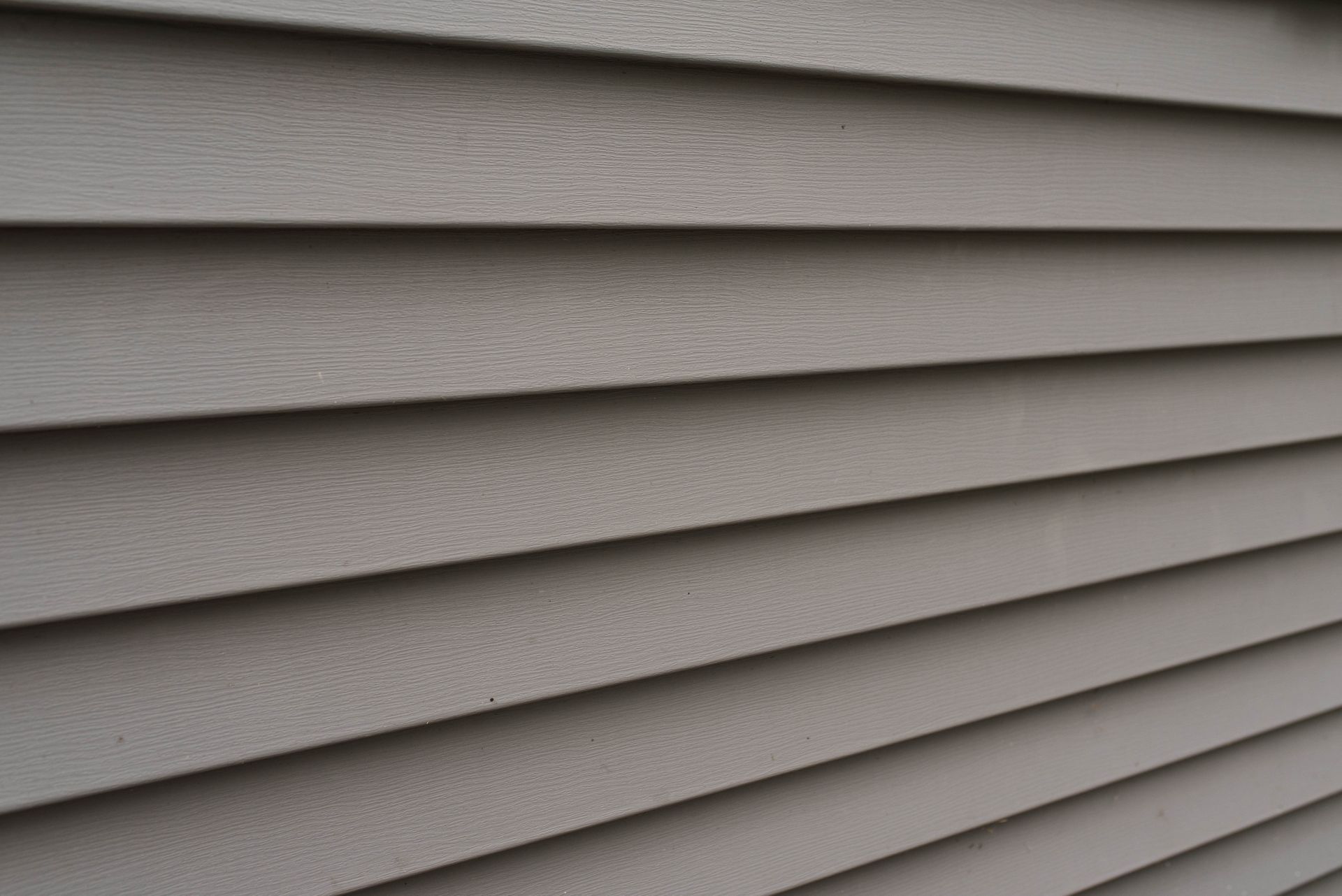


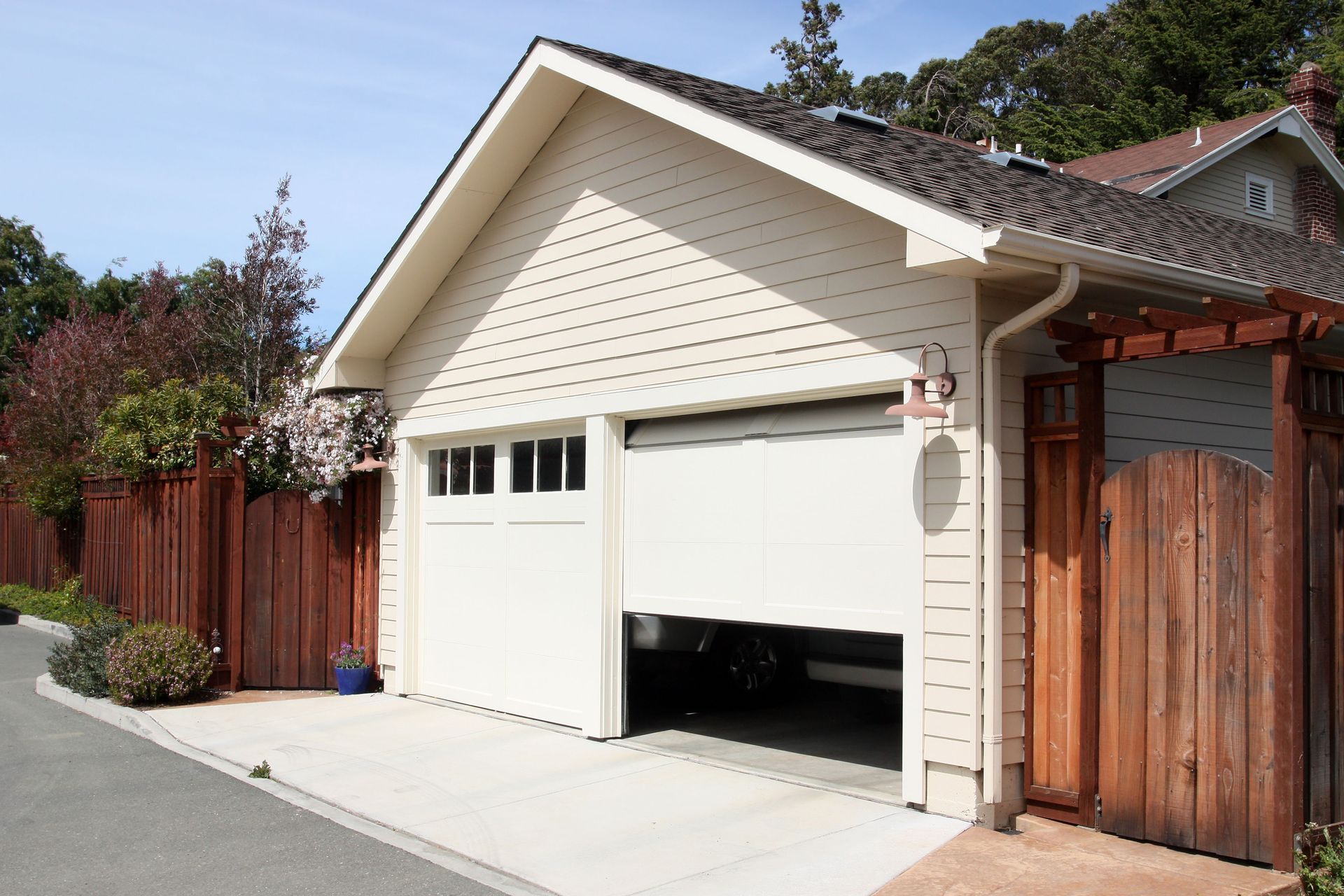
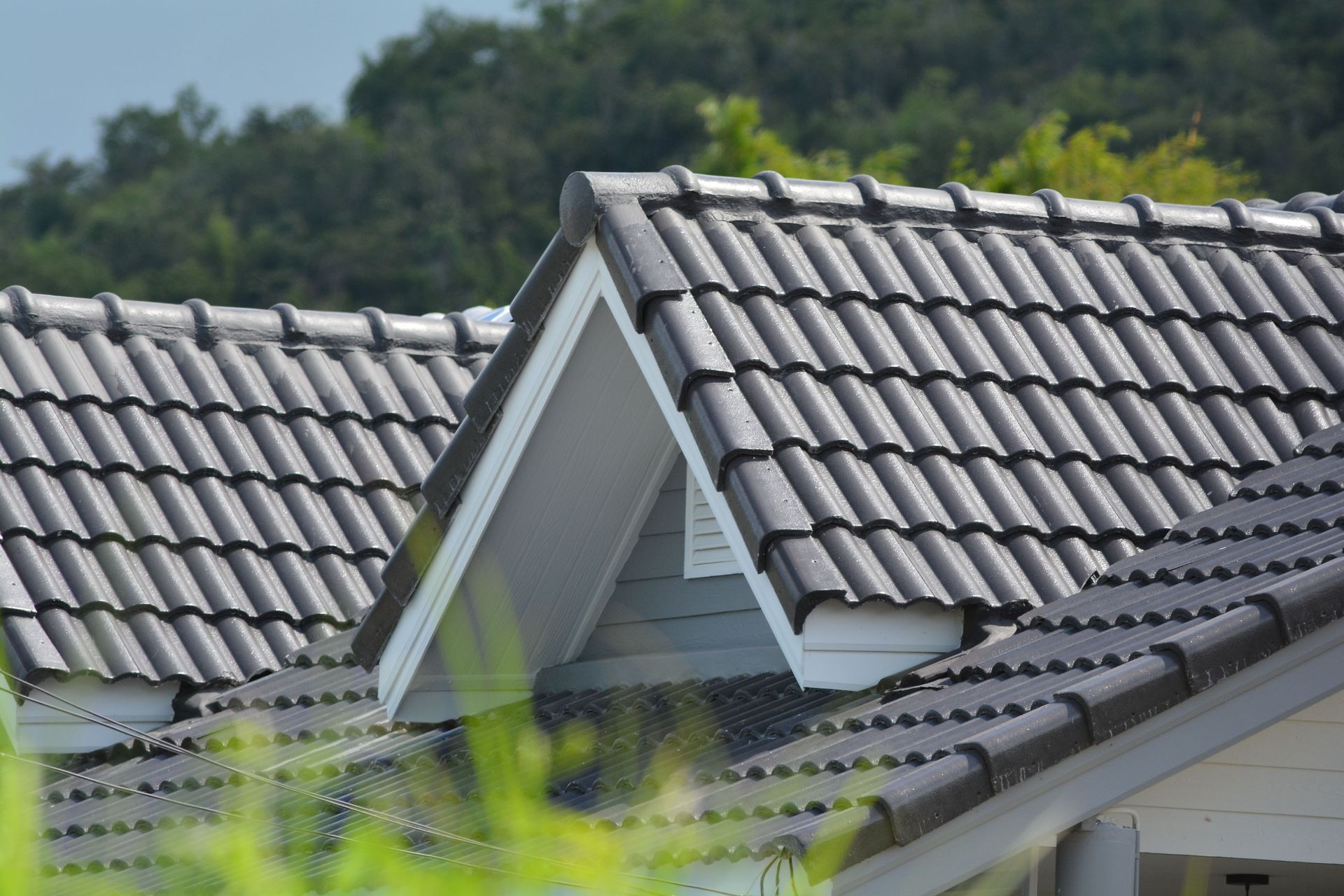
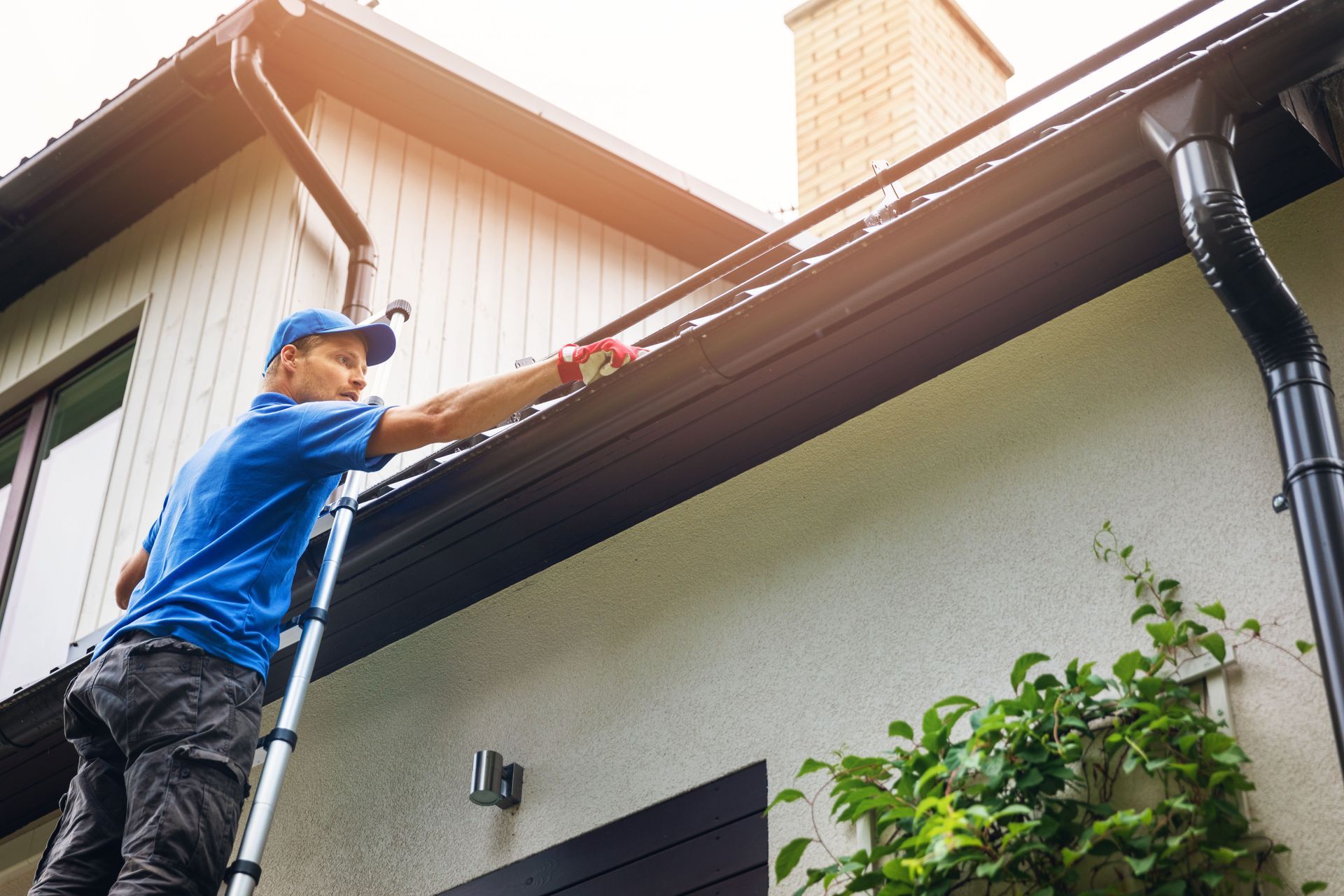
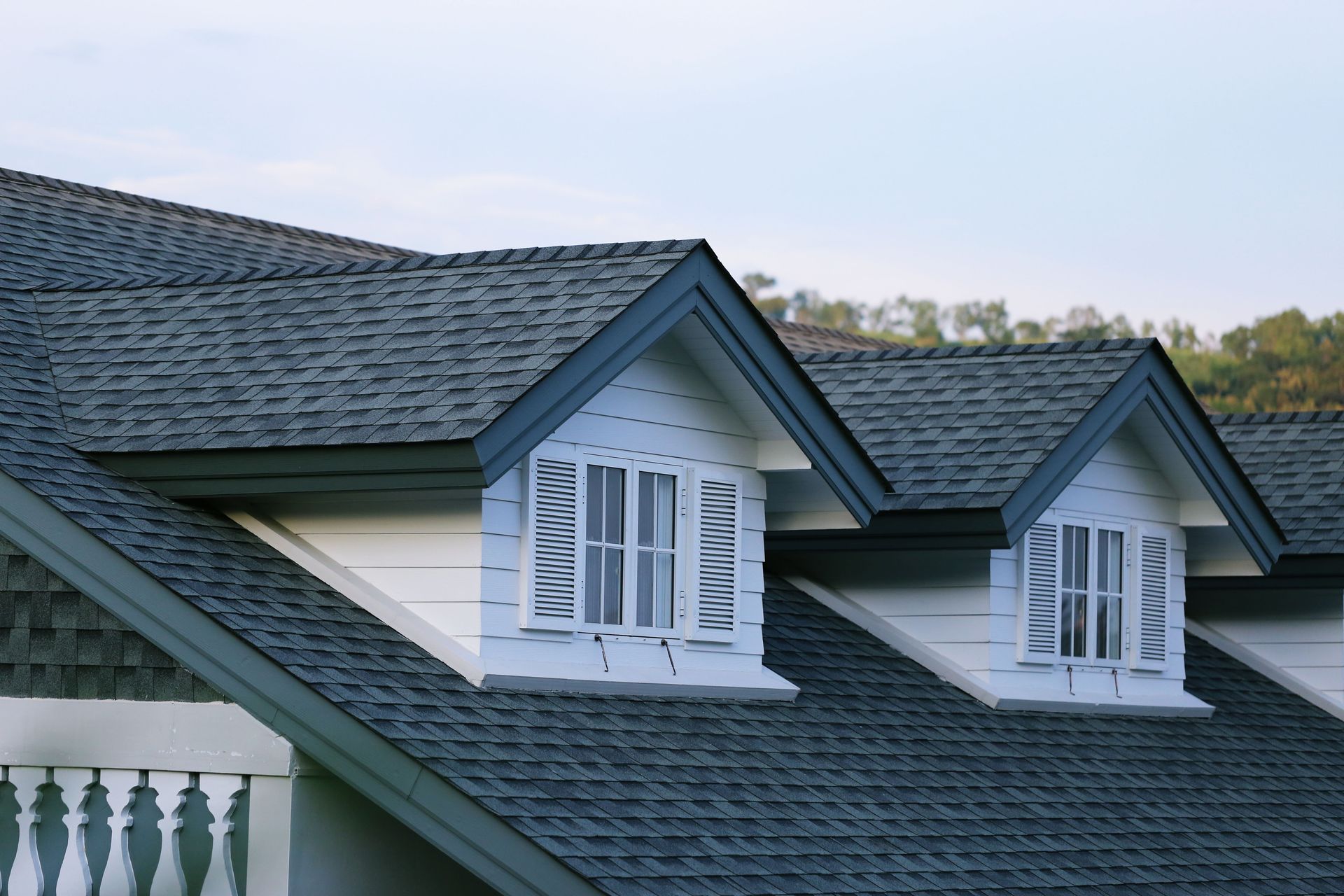
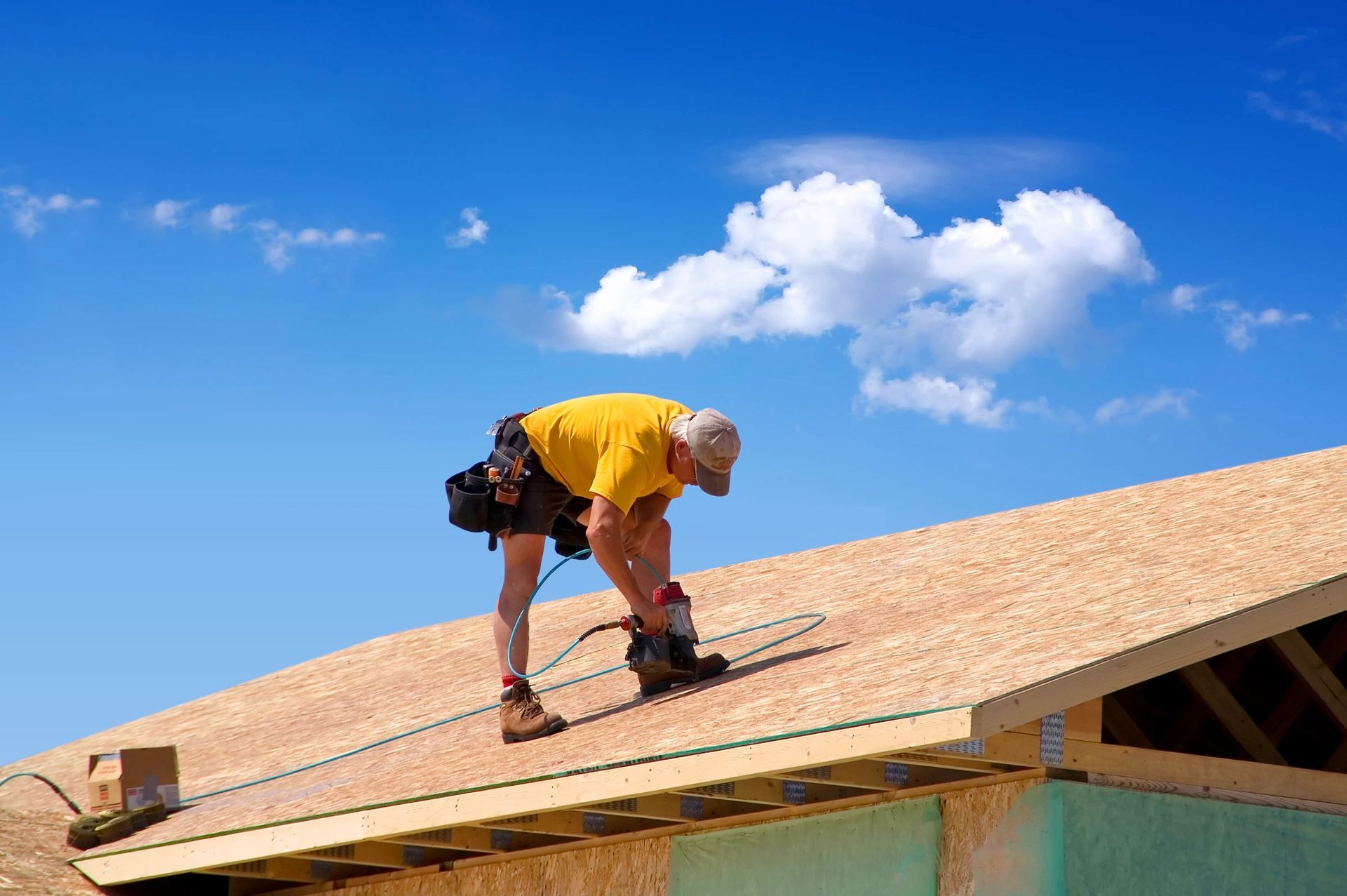
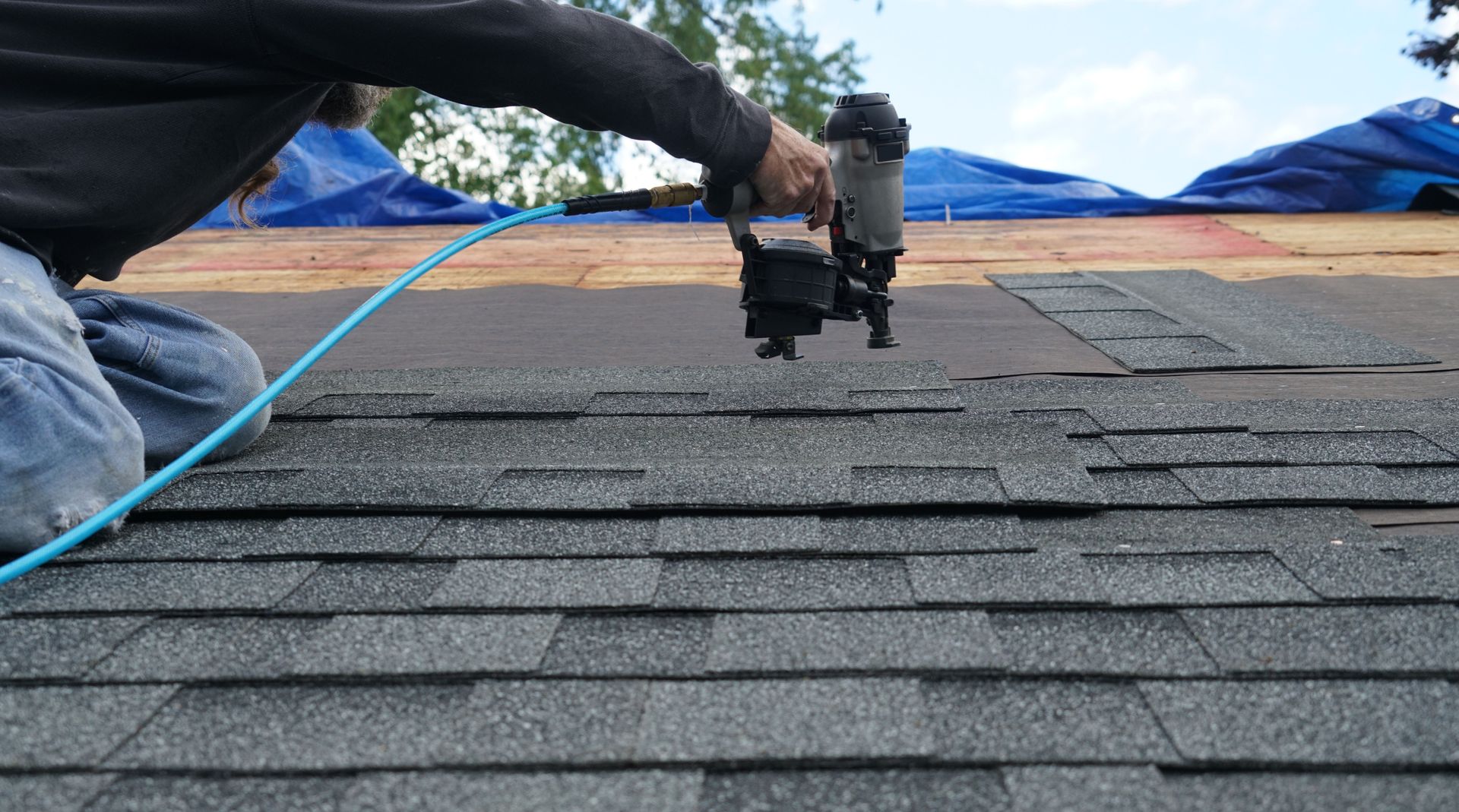

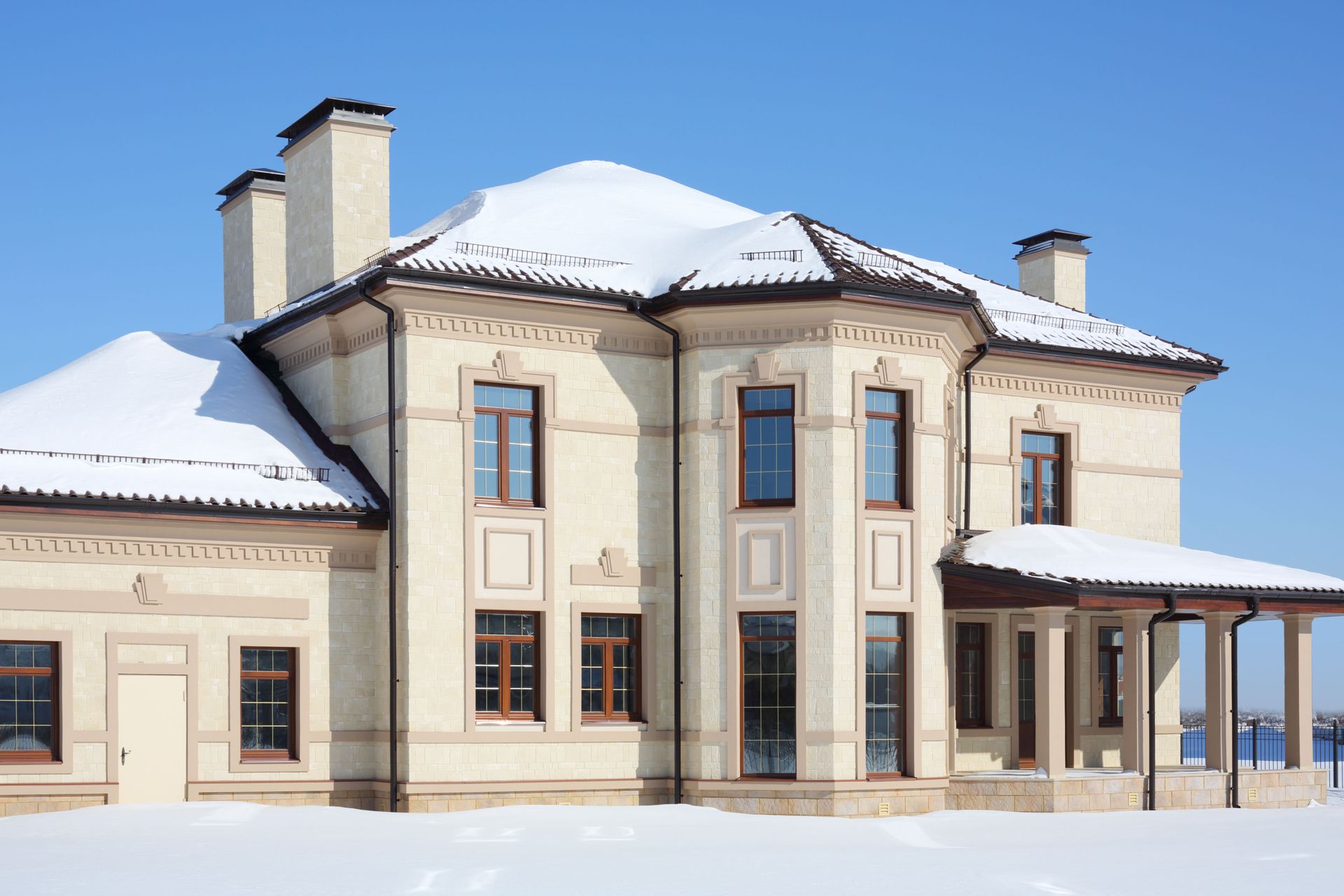
Share On: